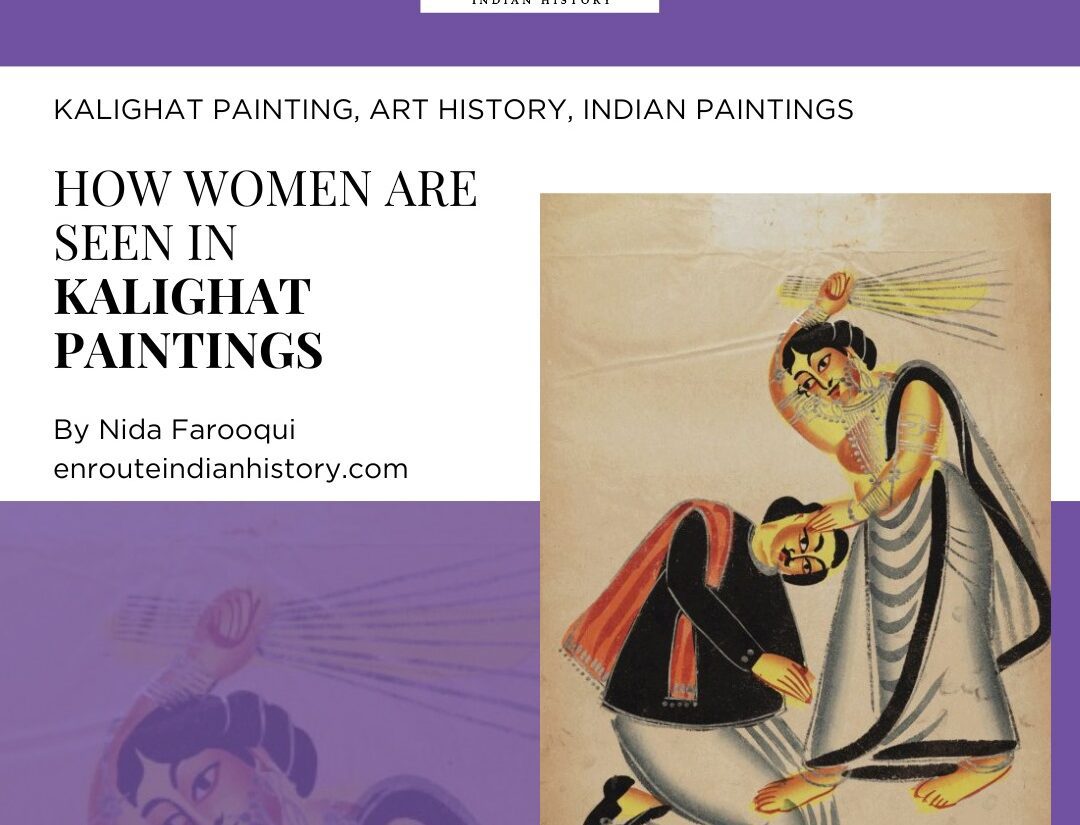How ‘sunset law’ exploited farmers under British Raj
- EIH User
- October 19, 2023
When we talk about the agrarian history of Bengal, a common term that we often come across is চিরস্থায়ী বন্দোবস্ত (Chirosthahi Bondobosto), in English it stands for Permanent Settlement. In this article, we will dive a bit deeper and learn about this system and how it affected society back then.

A map of Colonial Bengal
After the Battle of Buxar in 1764, the East India Company was given the Diwani of Bengal. As soon as they were in charge, they predicted to transplant the policies of their homeland to the new home. They intended to govern colonial India using similar governing policies and procedures.
Since Bengal was essentially an agrarian economic state, the British felt the need to regularise their income. Warren Hastings tried many ways to settle revenues. He introduced a five-year settlement plan in 1772 which was later revised to a one-year plan, but eventually, it failed.
Even though the people of Bengal were aware of the concept of Zamindari, they had to struggle very hard to pay the said revenue to the officials. No one would be able to meet the requirements and as a result, they would just flee away, leaving the land uncultivated and unsupervised. Gradually the situation worsened and later took a massive turn and resulted in a severe famine.
To maintain a regular flow of the revenues, the British officials brought the idea of Permanent Settlement. They were familiar with the concept of having permanent landlords in England, who would employ peasants to work for them on their lands and earn revenue from them. Hence, the Governor-General Lord Cornwallis introduced the concept in 1786. However, it took some time to bring the policy into effect.
Was Permanent Settlement any better than the earlier revenue collection method?

A portrait of Lord Cornwallis, who envisioned the “Permanent Settlement”
Prior to the East India Company’s advent, the Indian concept of owning the produce of the land was communal. Since the British governors did not approve of this, they brought in a known system to reform the revenue collection. During the British Raj, the old regime still breathed as they were allowed to stay in power, but none had the monopoly.
In 1789, Lord Cornwallis, the then Governor General of Bengal conceptualized a ten-year revenue settlement plan and in the same year, it was introduced to the zamindars. It was his foresight that converted this policy into a Permanent Settlement. This new system of revenue collection brought several socio-economic changes in Bengal. But as the planners envisioned it to bring colonial India parallel to their homeland, it was not achieved. This is why, to date, we have more sources about the demerits of the policy than its merits.
As per this rule, the zamindars were given the right to their property, with a condition that they must pay a fixed revenue to the colonial government within a stipulated time. However, these zamindars had separate terms with the tenant’s land rights of cultivation. Although at a glance this seemed a viable rule to follow, it had another angle that made it difficult to achieve its goals.
The zamindars had to pay the revenue before sunset, failing to do so can lead them to lose their rights. The policy was thus also called the “Sunset Law”. It is said the Company wished to collect as much revenue as possible without much oppression. But the employment of these middlemen- zamindars interfered with their intention. The Zamindars were frightened to put their stature at stake, which is why they started to act aggressively, extracting revenues from the peasants.
Land quality declined, and social differences were highlighted
As the British officials vested power to the zamindars assuming a definite ownership of land would be easier to govern. The situation seemed to improve upon the activation of the policy of Permanent Settlement. As the farmers were now the responsibility of the Zamindars they felt secure. The belief of having someone “of their own soil” to address any grievances helped motivate them amidst a crisis.
Nevertheless, what was overlooked at first was the efficiency, which largely depended on the characteristics of these zamindars. While some would work for the benefit of their land others would be negligent of the plight of the peasants and the conditions of the land. Moreover, there was no accurate survey of the land quality. It was extremely difficult to cultivate and deliver the same amount of production every season without knowing whether the land was capable of it.
Over time this system of hereditary landlords formed a higher aristocracy class. Which later created a contrasting social status in Bengal. As the zamindars were assured of their income they started to settle in the cities, leaving their lands under the supervision of rent collectors.
In this situation, it was the peasants who were further oppressed. A vicious cycle began, as agricultural production declined, lesser revenues were collected, and the economic condition started waning.
The change in the social strata affected many relations. Many writers and storytellers spoke about these social differences in their own way, highlighting contemporary social conditions. Here I have taken two examples that were very much inspired by the social conditions that were the product of Permanent Settlement in Bengal.
Dena-Paona
 A book cover of Dena-Paona by Rabindranath Tagore
A book cover of Dena-Paona by Rabindranath Tagore
Our first example is Dena-Paona, a short story written by Rabindranath Tagore in “Dipika”- a collection of his short stories. The story revolves around Nirupama and the struggles of her father to fulfill the asked dowry and the extortion posed by the zamindars. Even though she gets married, the humiliation continues. Tagore highlights the father’s undying effort to fight against all the odds and arrange for the dowry. However, even after succeeding Nirupama asks him to not give the money away. When this news got out, the verbal abuse and humiliation took a toll on her household.
Although this story does not focus on “permanent settlement” in a direct manner, it does bring into context the social differences between zamindars and the ‘others’.
Ananda Ashram

The poster of Ananda Ashram
akti Samanta was a changemaker in its time. This story explores the dynamic relationship of a father and son. Amaresh who is a doctor by profession lives with his father who is a ‘Thakur’ in a village in Bengal. The father, as he held an important position in society, wanted his son to marry into an equally wealthy family. Amaresh fell in love with Asha who belongs to a lower class family. When he married her, his father was so enraged that he disowned his son.
This film also touches upon the severe class consciousness that was prevalent during this period.
To sum it all up, initially, the permanent settlement in Bengal improved the societal situation by giving the rights to the zamindars and instilling a feeling of security among the farmers at first. However, it did not take much time to change the entire game. As the newly emerged higher class was busy extracting revenue the lower strata were struggling for their survival. Gradually the difference in their social statuses became so highlighted that it started to affect social relations as well.
Bibliography
- Md. Hasibur Rahman, “The Permanent Settlement of Bengal, 1793”, Department of Public Administration, University of Barishal, published in 2018
- Muhammed Sirajul Islam, “The Permanent Settlement and the Landed Interests in Bengal from 1793 to 1819”, Thesis submitted for the degree of Doctor of Philosophy at the University of London, 360-364.
- Baden Powell, B. H. “The Permanent Settlement of Bengal.” The English Historical Review 10, no. 38 (1895): 276–92.
- H. R. C Wright. “Some Aspects of the Permanent Settlement in Bengal.” The Economic History Review 7, no. 2 (1954): 204–15.
- November 2, 2023
- 9 Min Read





















